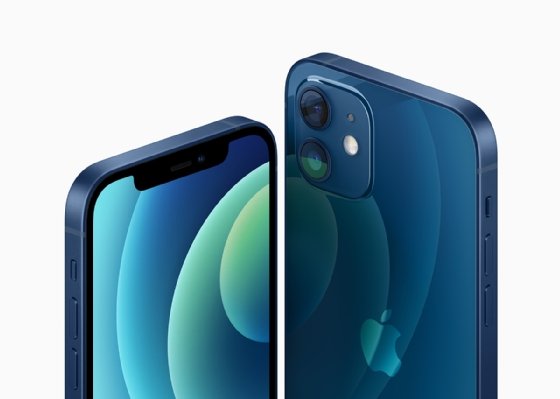disruptive innovation
What is disruptive innovation?
Disruptive innovation is the idea that when a product or service is introduced into an established industry and performs better or costs less than existing offerings, it can displace the market leaders and even transform the industry. Harvard Business School Professor Clayton Christensen first introduced the theory of disruptive innovation in 1995 in the Harvard Business Review (HBR).
Clayton Christensen first coined the term "disruptive innovation" when researching the disk-drive industry in the mid-90s. He also introduced it in a popular HBR article and in his 1997 book The Innovator's Dilemma: When New Technologies Cause Great Firms to Fail.
Often, a disruptive innovation is a product or service the incumbent competitors did not anticipate. It creates new value by shaking up an existing market.
According to Christensen, disruption happens when a smaller company successfully challenges "established incumbent businesses" by providing products or services that appeal to a niche part of the market. This niche may include smaller customers or a broader population that the creators of established products originally ignored.
Even if the new product or service is not necessarily "better" than an incumbent (or incumbents), the smaller company continues to develop the offering so that ultimately, it has a better functionality, a lower price -- or both -- than the incumbent. As a result, a large number of potential customers see its appeal and its demand expands beyond the initial niche to a larger share of mainstream buyers.
Today, the idea of disruptive innovation is used broadly and often applied to any circumstance where a new product does the following:
- Ushers in significant changes in an industry or market.
- Makes these changes in a tangible way.
- Introduces a new product or service that is available to the broader or previously untargeted market.
Examples of disruptive innovation
The internet is one of the best examples of both a disruptive innovation and a disruptive technology. It is considered disruptive because when it emerged, it was a new idea and not an improvement on an existing idea. Furthermore, it has given rise to other disruptive innovations, like cloud computing, e-commerce, and artificial intelligence.
Smartphones are another example of disruptive innovation. When they were introduced, they let more consumers access the internet and perform other functions that would normally require an expensive computing device. By adding smart features to cellphones, manufacturers reached more users who either could not afford to buy laptops or desktops or found it inconvenient to carry laptops for their computing or communication needs.

Companies can also qualify as disruptive innovations or innovators. Amazon is one example. This e-commerce giant completely restructured the book-selling industry of the U.S. by making books available for purchase online. This was a completely new idea that had never occurred to incumbent and large booksellers like Barnes and Noble.
Amazon eventually expanded its business model from only books to thousands of other products that could all be purchased online. Since its launch in 1994, Amazon has become one of the world's largest companies and online retailers. In 2022, it reported total revenues of $513 billion.
Netflix is also a disruptive innovator. By targeting online shoppers and other movie aficionados that were originally overlooked by incumbent video rental companies like Blockbuster, Netflix completely disrupted the industry and also gave rise to another disruptive idea: OTT, or over the top, streaming.
Disruptive innovation vs. disruptive technology
The terms disruptive innovation and disruptive technology are frequently used interchangeably. However, this is a mistake because the two ideas are quite different. Disruptive technology refers to a particular technology and only the technology. In contrast, disruptive innovation usually refers to the use of that new technology that upsets the status quo.
For a technology to be truly disruptive, it must be new and not simply an incremental improvement on an existing technology. That said, a disruptive innovation usually requires a disruptive technology as well as an innovative business model and strong value network to qualify as truly disruptive.
Disruptive innovation is a process rather than a one-time-only activity or standalone technology. Disruption happens when a smaller company's product or service becomes the main choice, displacing the product or service provided by an incumbent or an established business. This is because the latter usually focus on improving their products to meet the needs of their biggest and most profitable customers instead of matching the needs of other smaller customers. This choice provides an opportunity for newer companies to enter the space with a disruptive innovation and gain market share that they can then build upon. But for all of this to happen, a disruptive technology is required.
Disruptive innovation vs. sustainable innovation
A disruptive innovation makes a sophisticated or previously expensive product or service more accessible and affordable to a wider market. Since it brings massive change into an industry or market, it is usually harder to plan and even harder to execute successfully. But companies that do succeed at introducing a disruptive innovation can end up devastating incumbent companies or established businesses that do the following:
- Do not pay attention to what smaller companies are doing.
- Assume their position as incumbent is safe and will always remain so.
- Don't see the value in making their offerings available to a niche, smaller, or less-profitable customer base.
In contrast, a sustainable innovation is something that helps a business incrementally improve its existing products for existing customers. In other words a sustainable innovation is an iteration or improvement on a previously existing product and is not meant to target a previously untapped market. For the company, the goal of sustainable innovation is to remain relevant and competitive in its industry. Also, most sustainable innovations can be planned for and are often executed on a predictable timeframe.
Learn about the key differences between the disruptive technologies AI vs. machine learning vs. deep learning and see why digital transformation strategy needs realistic expectations. Explore why the use of disruptive technology is altering the way attackers and defenders set goals for network security.







